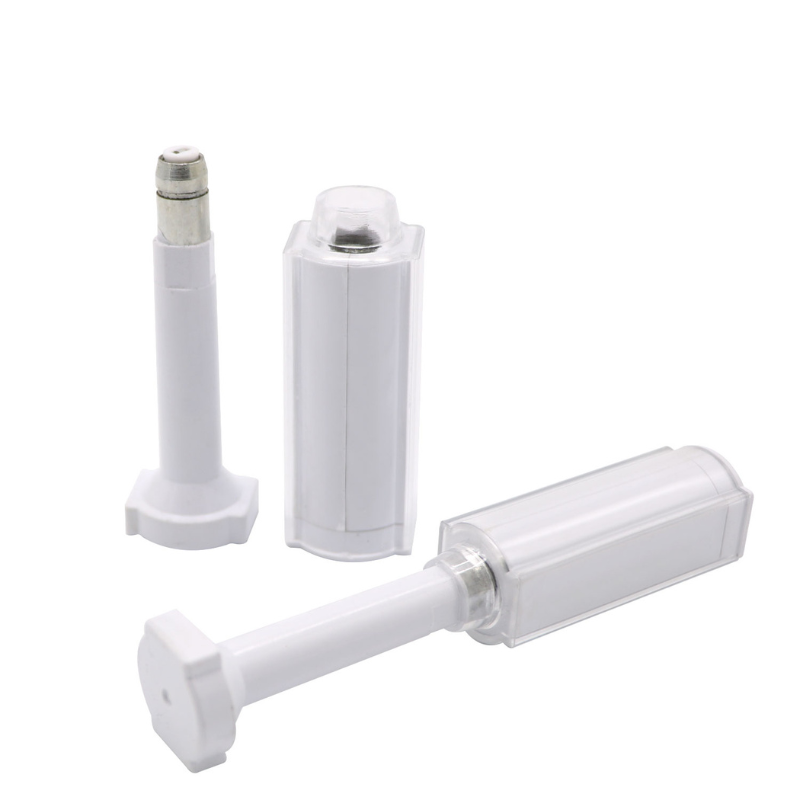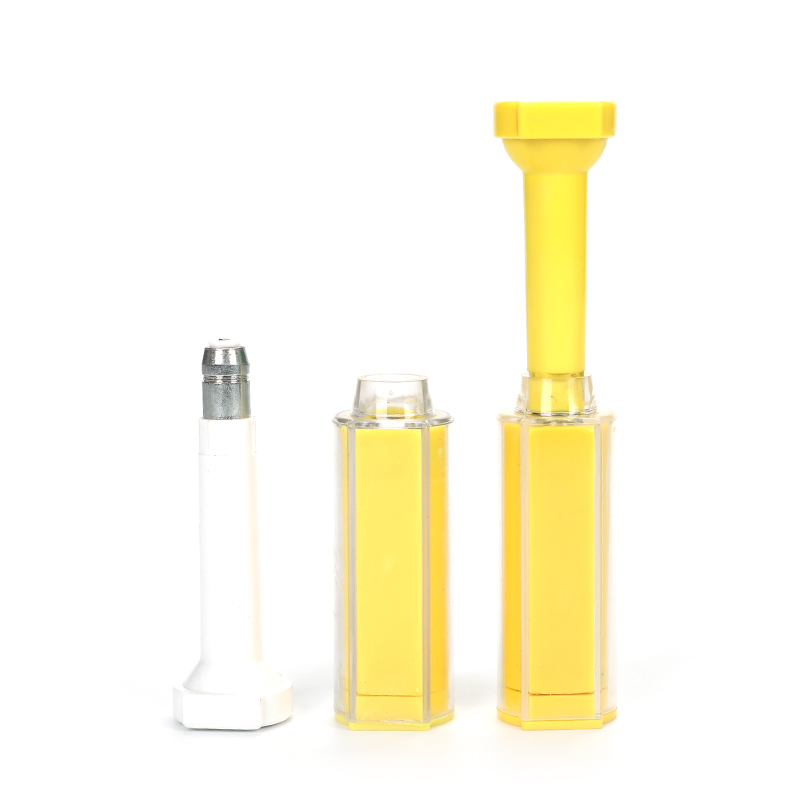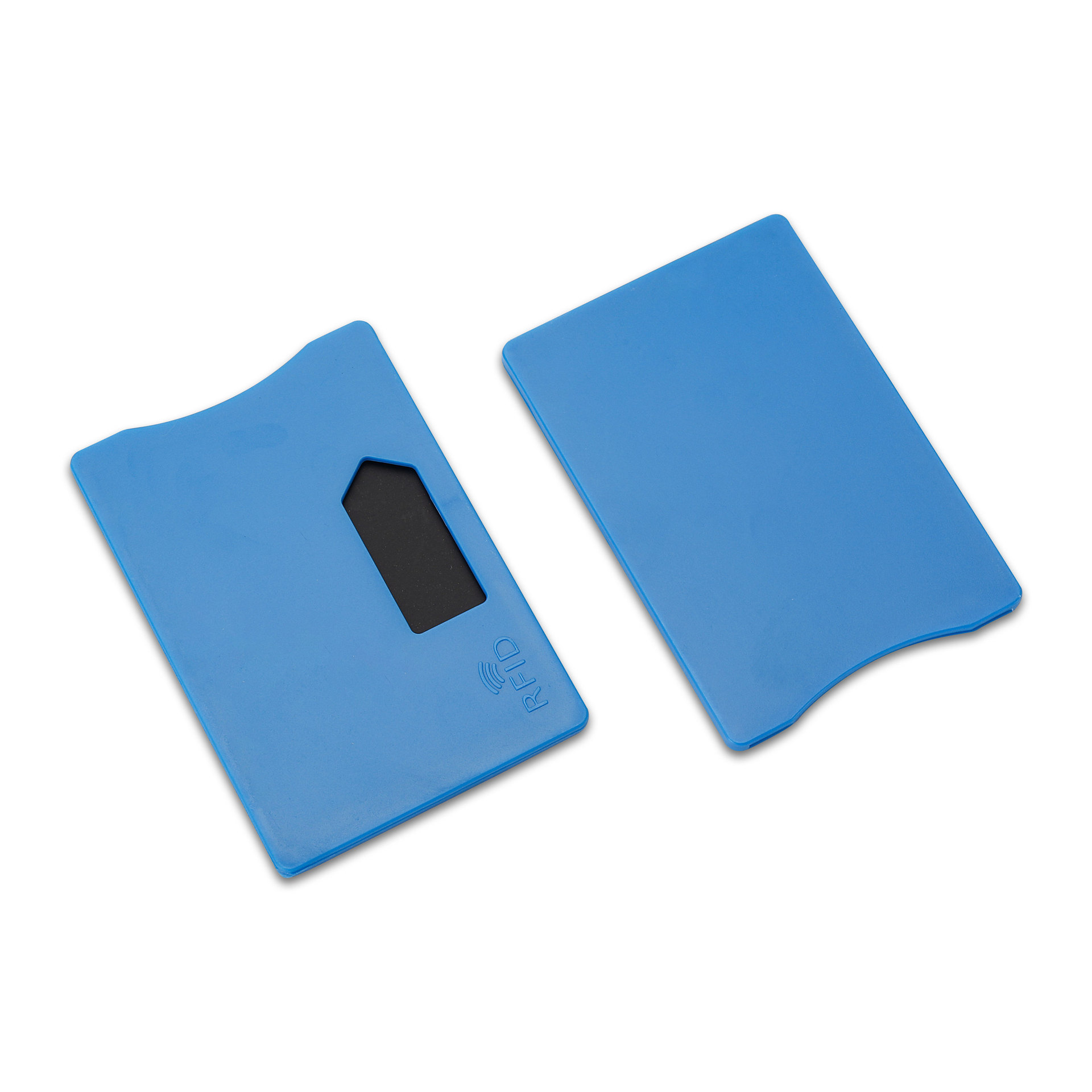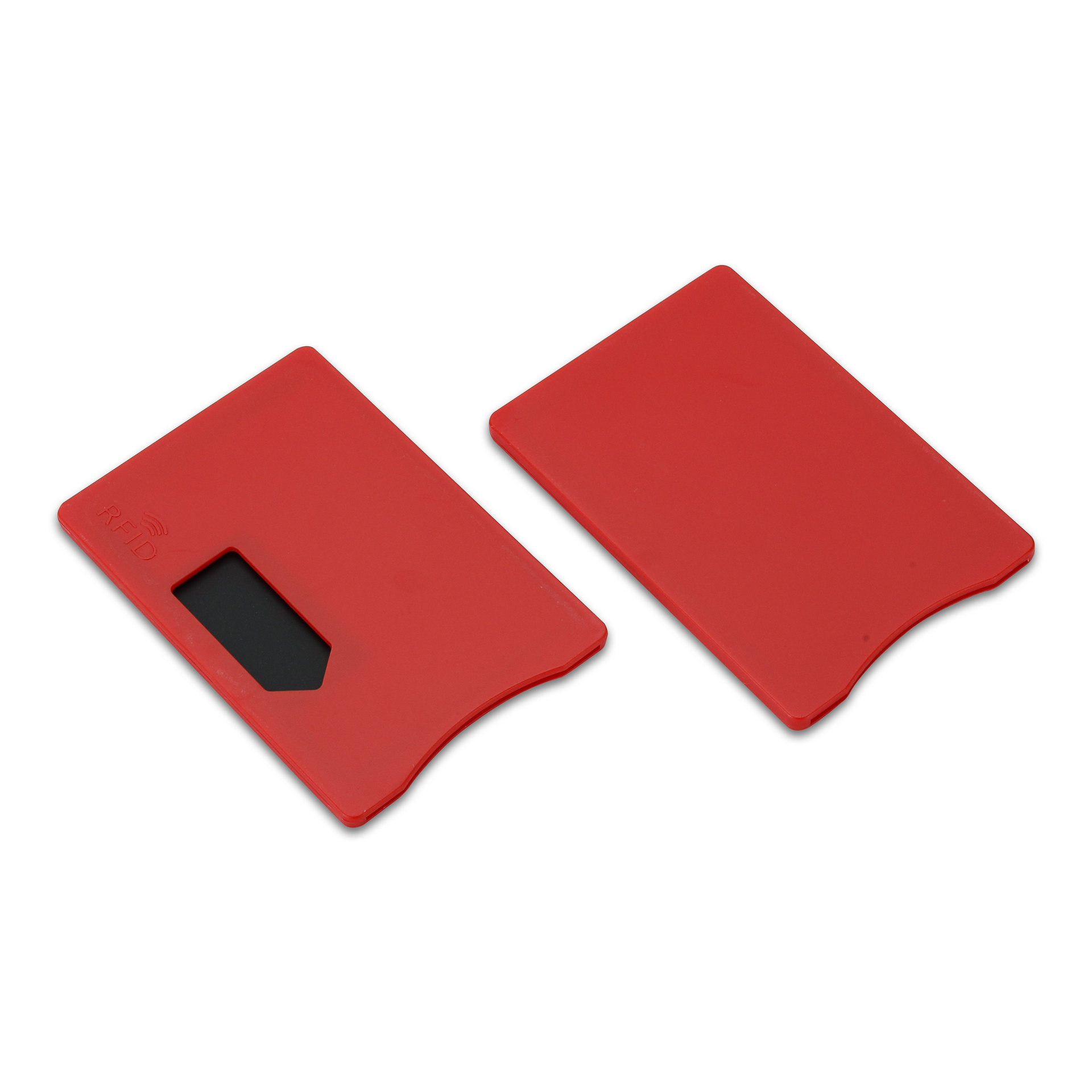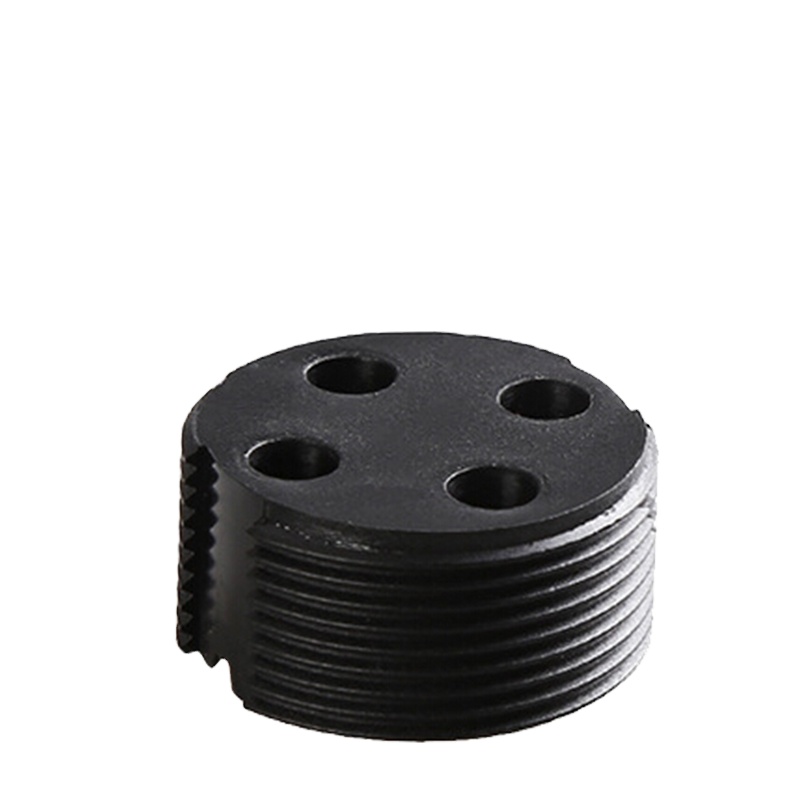
Mitä eroa on NFC:llä ja RFID:llä?
Sisällysluettelo
NFC ja RFID: tärkeimmät erot, sovellukset ja valinta (opas vuodelle 2025)
Varastoseurannasta kontaktittomiin maksuihin – nämä langattomat viestintämenetelmät auttavat teollisuutta automatisoimaan prosesseja, vähentämään virheitä ja parantamaan turvallisuutta.
Tässä oppaassa selitetään RFID- ja NFC-tekniikoiden erot, niiden toimintaperiaatteet, sovellukset ja kumpi niistä sopii parhaiten tarpeisiisi vuonna 2025.
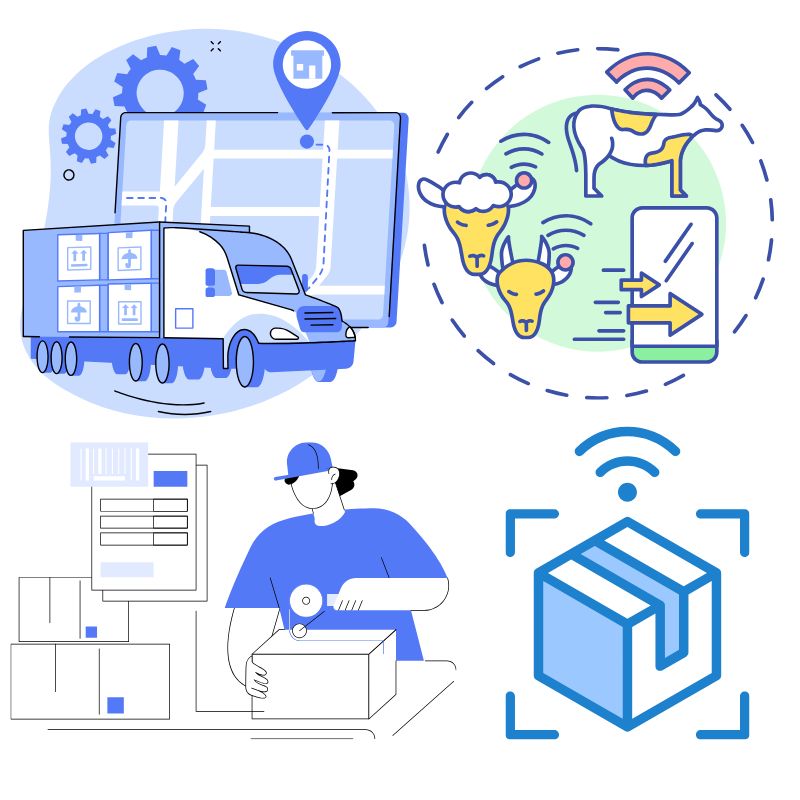
Mitä ovat RFID ja NFC?
RFID (radiotaajuustunnistus)
RFID käyttää radioaaltoja kohteiden automaattiseen tunnistamiseen ja seurantaan RFID-tunnisteiden ja RFID-lukijoiden avulla. Sitä käytetään yleisesti logistiikan, vähittäiskaupan, valmistuksen ja terveydenhuollon kaltaisilla aloilla omaisuuden seurantaan ja toimitusketjun toimintojen tehostamiseen.
- Taajuusalueet: matala (LF), korkea (HF) ja erittäin korkea (UHF)
- Lukuetäisyys: Jopa 100 metriä (aktiiviset tunnisteet)
- Tunnisteet: Passiivinen (ilman paristoa) tai aktiivinen (paristokäyttöinen)
- Käyttötapaukset: Varastonhallinta, omaisuuden seuranta, pääsynvalvonta
NFC (lähikenttäkommunikaatio)
NFC on RFID:n erikoistunut alaryhmä, joka toimii taajuudella 13,56 MHz (HF). Toisin kuin yleinen RFID, NFC mahdollistaa kaksisuuntaisen viestinnän laitteiden välillä hyvin lyhyellä etäisyydellä, tyypillisesti alle 4 cm. Sitä käytetään laajalti turvalliseen ja nopeaan tiedonsiirtoon, kuten mobiilimaksuihin tai digitaalisiin käyntikortteihin.
- Taajuusalue: Korkea taajuus (13,56 MHz)
- Alue: Muutaman senttimetrin sisällä
- Interaktiivisuus: Tukee kaksisuuntaista viestintää
- Käyttötapaukset: Kontaktiton maksaminen, älypuhelimen pariliitos, julkinen liikenne
NFC vs RFID: mikä on ero?
RFID- ja NFC-tekniikoiden eroavaisuudet liittyvät kantamaan, vuorovaikutteisuuteen, tehoon ja sovelluksiin. Tässä on lyhyt vertailutaulukko:
| Ominaisuus | RFID | NFC |
|---|---|---|
| Taajuuskaista | LF, HF, UHF | HF (13,56 MHz) |
| Lue Range | Jopa 100 metriä | Muutaman sentin sisällä |
| Viestintä | Yksisuuntainen (enimmäkseen) | Kaksisuuntainen |
| Virtalähde | Passiivinen tai aktiivinen | Yleensä passiivinen |
| Sovellukset | Varasto, toimitusketju, pääsynvalvonta | Mobiilimaksut, tietojen jakaminen |
| Interaktiivisuus | Matala | Korkea (käyttäjän ja laitteen vuorovaikutus) |
- “RFID on ihanteellinen ratkaisu laajamittaiseen omaisuuden seurantaan, kun taas NFC on suunniteltu turvallisiin, lyhyen kantaman vuorovaikutuksiin, kuten mobiilimaksuihin.”
Kuinka RFID-tekniikka toimii
RFID-järjestelmä perustuu kolmeen ydinkomponenttiin:
- RFID-tunnisteet: Tallentaa tuotetietoja (voi olla vain luku - tai luku/kirjoitus -tunniste).
- RFID-lukija: Lähettää signaalin passiivisten tunnisteiden virran kytkemiseksi ja tietojen hakemiseksi.
- Ohjelmistojärjestelmä: Tulkitsee ja hallinnoi kerättyjä tietoja.
RFID-tunnisteiden tyypit
- Passiiviset RFID-tunnisteet: Ei sisäistä akkua, saa virran RFID-lukijan signaalista.
- Aktiiviset RFID-tunnisteet: Niillä on oma virtalähde, joka mahdollistaa pidemmän kantaman ja tiheämmät tietojen päivitykset.
RFID- ja NFC-lukijat ovat saatavilla kädessä pidettävänä tai kiinteänä mallina sovelluksesta riippuen.
NFC:n toiminta
NFC-tekniikka mahdollistaa lähietäisyyden viestinnän kahden NFC-yhteensopivan laitteen tai laitteen ja NFC-tunnisteen välillä.
NFC:n edut:
- Tap-and-Go-yksinkertaisuus: Ei pariliitoksen muodostamista tai skannausta.
- Korkea turvallisuus: Ihanteellinen kontaktittomiin rahoitustapahtumiin.
- Kaksisuuntainen viestintä: Toisin kuin useimmissa RFID-järjestelmissä, data voi kulkea molempiin suuntiin.
NFC- ja RFID-lukijalaitteet integroidaan yhä useammin älypuhelimiin, POS-päätteisiin ja kulkuportteihin nopeiden, luotettavien ja turvallisten vuorovaikutusten mahdollistamiseksi.
RFID:n sovellukset
RFID ja NFC mahdollistavat monenlaisia sovelluksia, mutta RFID:n pitkä kantama ja joustavuus tekevät siitä ihanteellisen seuraaviin käyttötarkoituksiin:
Varastonhallinta
- Reaaliaikaiset päivitykset
- Automatisoitu seuranta varastoissa
Omaisuuden seuranta
- Valvo lääketieteellisiä laitteita, välineitä tai ajoneuvoja
- Paranna logistiikan ja terveydenhuollon tehokkuutta
Kulunvalvonta
- Käytä RFID-avainkortteja, avainperäisiä tunnisteita tai tunnisteita
- Turvallisten rakennusten tai alueiden pääsyn valvonta
NFC:n sovellukset
NFC:n turvalliset ja lyhyen kantaman ominaisuudet loistavat henkilökohtaisissa ja julkisuuteen suunnatuissa sovelluksissa:
Mobiilimaksut
- Apple Pay, Google Pay, Samsung Pay.
- Turvalliset maksut sekunneissa.
Älylaitteet ja markkinointi
- Napauta käynnistääksesi sovelluksia tai jakaa yhteystietoja.
- Älykkäät tunnisteet tuotetiedoille tai sisäänkirjautumisille.
Kuljetusjärjestelmät
- Kontaktittomat matkakortit.
- Helppo pääsy metro- ja bussiverkostoihin.
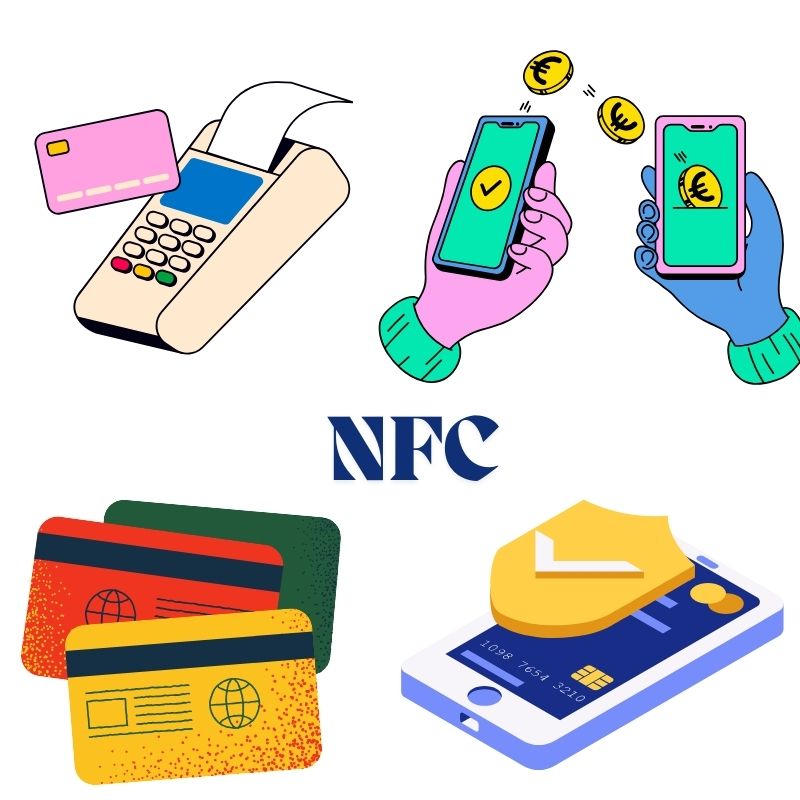
NFC vs RFID: kumpaa sinun pitäisi käyttää?
| Käytä Case | Paras tekniikka |
|---|---|
| Pitkän kantaman seuranta | RFID |
| Varasto- tai toimitusketjutoiminnot | RFID |
| Turvalliset, henkilökohtaiset transaktiot | NFC |
| Mobiilimaksut ja henkilöllisyystodistukset | NFC |
| IoT-älykäs automaatio | Molemmat |
Jos hallinnoit tuhansia omaisuuseriä, RFID on paras valinta. Yksittäisiin, turvallisiin vuorovaikutuksiin, kuten puhelimen napauttamiseen, NFC on selvä valinta.
NFC ja RFID esineiden internetissä (IoT)
RFID ja NFC ovat IoT-ekosysteemien perusta, joka mahdollistaa fyysisten esineiden “kommunikoinnin” digitaalisten järjestelmien kanssa.
- RFID esineiden internetissä: Valvoo tavaroita toimitusketjuissa ja tuotantotiloissa.
- NFC esineiden internetissä: Mahdollistaa turvallisen laitteiden pariliitoksen, älykkään kodin käytön ja reaaliaikaisen ohjauksen älypuhelimien kautta.
“NFC- ja RFID-tunnisteiden yhdistelmä muuttaa IoT:tä yhdistämällä fyysiset resurssit pilvipalveluun.”
Taajuuden merkitys NFC- ja RFID-suorituskyvyssä
Taajuuden ymmärtäminen auttaa oikean järjestelmän valinnassa:
- LF (125–134 kHz) – Lyhyt kantama, käytetään kulunvalvonnassa
- HF (13,56 MHz) – Käytetään sekä RFID- että NFC-tekniikassa
- UHF (860-960 MHz) – Pitkä kantama, ihanteellinen toimitusketjuille
Jokainen taajuus tukee erilaisia alueita ja lukunopeuksia, minkä vuoksi RFID- ja NFC-lukijan valinta on tärkeää järjestelmän suorituskyvyn kannalta.
Usein kysytyt kysymykset NFC:stä ja RFID:stä
Mikä on tärkein ero RFID:n ja NFC:n välillä?
NFC on RFID-tekniikan alatyyppi. RFID tukee pidempää kantamaa ja yksisuuntaista viestintää, kun taas NFC on suunniteltu kaksisuuntaiseen, lyhyen kantaman vuorovaikutukseen.
Voidaanko NFC- ja RFID-tunnisteita käyttää keskenään vaihdellen?
Ei aina. NFC toimii vain HF-taajuudella, kun taas RFID voi käyttää LF-, HF- tai UHF-taajuuksia. NFC-tunnisteet toimivat vain NFC-lukijoiden kanssa, eivät kaikkien RFID-lukijoiden.
Ovatko RFID-tunnisteet turvallisia?
Passiiviset RFID-tunnisteet voivat olla haavoittuvia ilman salausta. NFC tarjoaa enemmän sisäänrakennettua turvallisuutta, erityisesti rahoitustapahtumissa.
Mikä on NFC- ja RFID-lukija?
Se on laite, jota käytetään RFID- tai NFC-tunnisteiden lukemiseen. Monet nykyaikaiset älypuhelimet toimivat NFC-lukijoina kontaktittomia toimintoja varten.
Miten NFC-maksut toimivat?
Laitteet käyttävät NFC-tekniikkaa salattujen maksutietojen langattomaan lähettämiseen yhteensopiviin päätelaitteisiin – fyysistä kosketusta ei tarvita.
Mitkä toimialat hyötyvät eniten RFID-tekniikasta?
Vähittäiskauppa, terveydenhuolto, logistiikka, valmistus ja varastointi käyttävät RFID:tä automaatioon ja näkyvyyteen.
Lopulliset ajatukset
Sekä RFID että NFC tarjoavat merkittävää lisäarvoa – olipa kyseessä sitten kuormalavojen seuranta tai maksujen suorittaminen älypuhelimella. Valintasi tulisi olla sopusoinnussa toimintasi tarpeiden kanssa:
- Laaja-alaiseen, automatisoituun seurantaan valitse RFID.
- Turvallisiin, lyhyen kantaman vuorovaikutuksiin kannattaa valita NFC.
RFID- ja NFC-tunnisteet kehittyvät IoT:n myötä, joten nyt on täydellinen hetki integroida ne työnkulkuusi.
Tarvitsetko apua oikean NFC- tai RFID-järjestelmän valinnassa yrityksellesi?
Ota yhteyttä tänään tai tutustu koko NFC- ja RFID-lukijoiden ja -tunnisteiden valikoimaamme.

Ray Zhou
Tämän artikkelin on kirjoittanut Ray Zhou, RFID-teknologian asiantuntija, jolla on yli 10 vuoden kokemus alalta.
Kommentit
Kuumat tuotteet
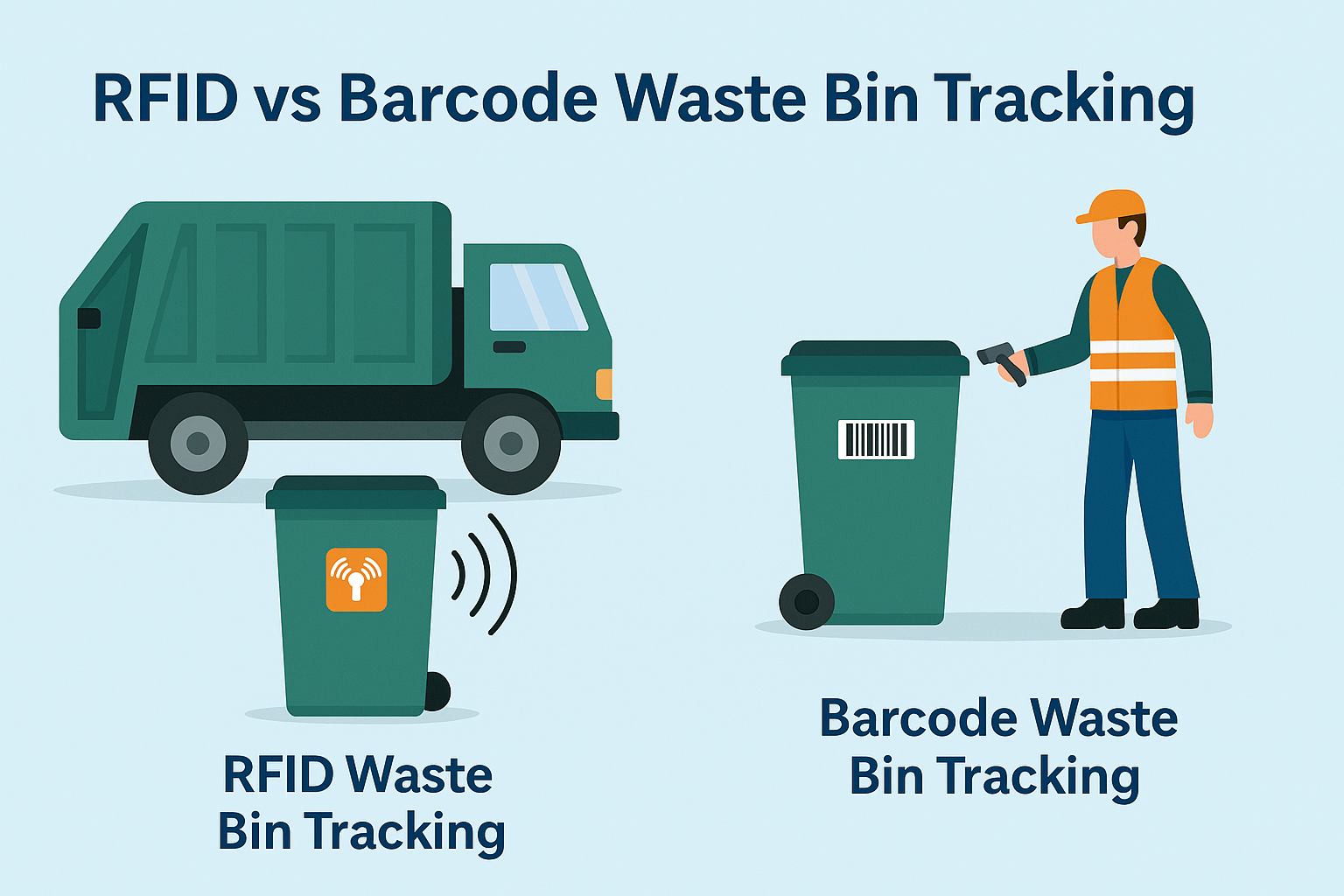
Mikä on RFID-jätteidenkäsittely?
Kuvittele kaupunki, jossa jokainen roskalaatikko puhuu – ei kirjaimellisesti – vaan pienen sirun avulla, joka ilmoittaa järjestelmälle, kun laatikko on täynnä, kun se on tyhjennetty ja minne se on viety. Tätä RFID-jätteenkäsittely tekee nykyään.
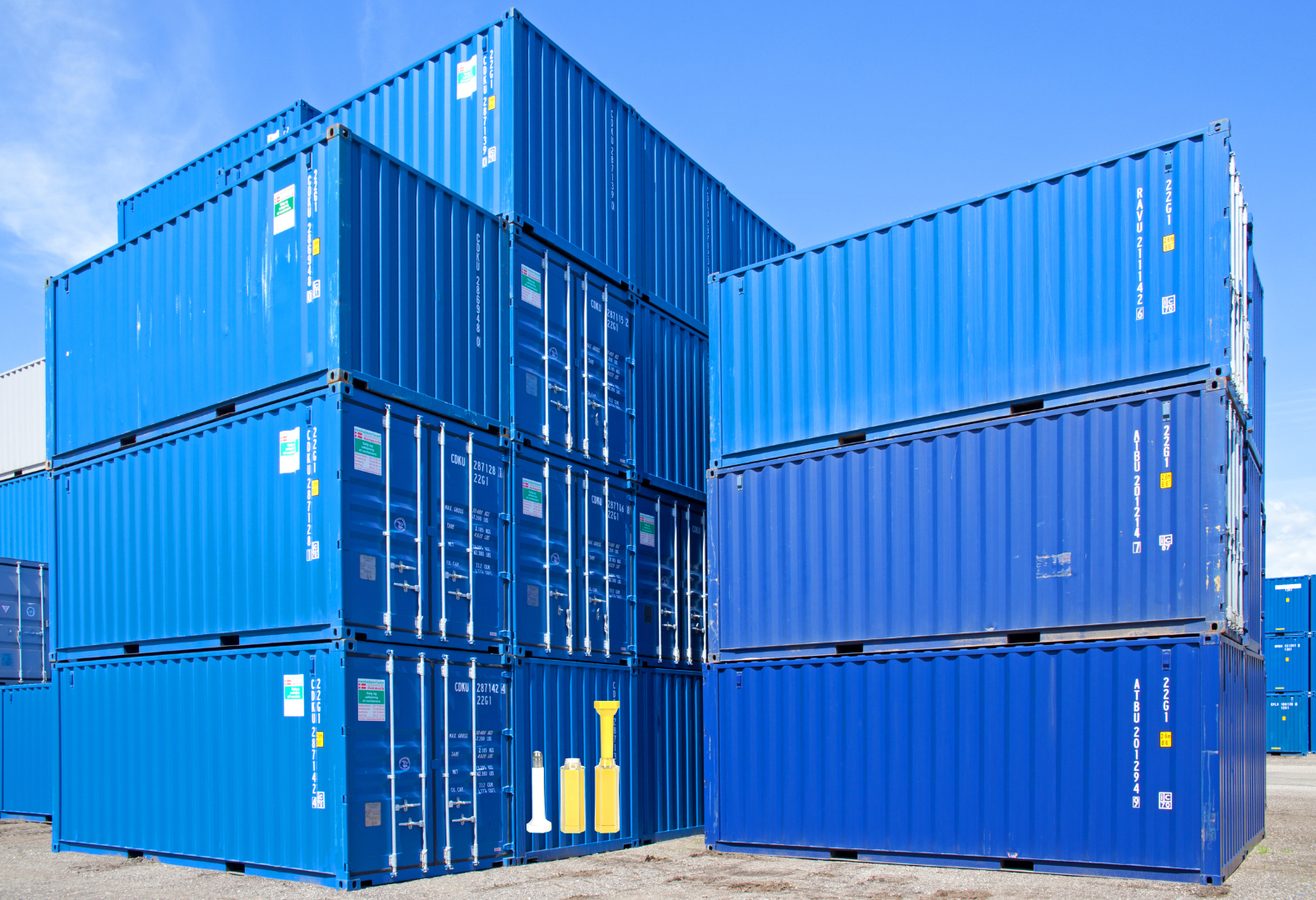
Mitä ovat ruuvitiivisteet ja niiden käyttökohteet? | Täydellinen opas
Maailmanlaajuisessa kaupassa ja logistiikassa ruuvitiivisteet ovat ratkaisevassa asemassa lastin turvallisuuden ja vaatimustenmukaisuuden varmistamisessa. Nämä pienet mutta tehokkaat laitteet on suunniteltu lukitsemaan kuljetuskontit, perävaunut ja rahdin ovet peukaloinnin estävällä mekanismilla.
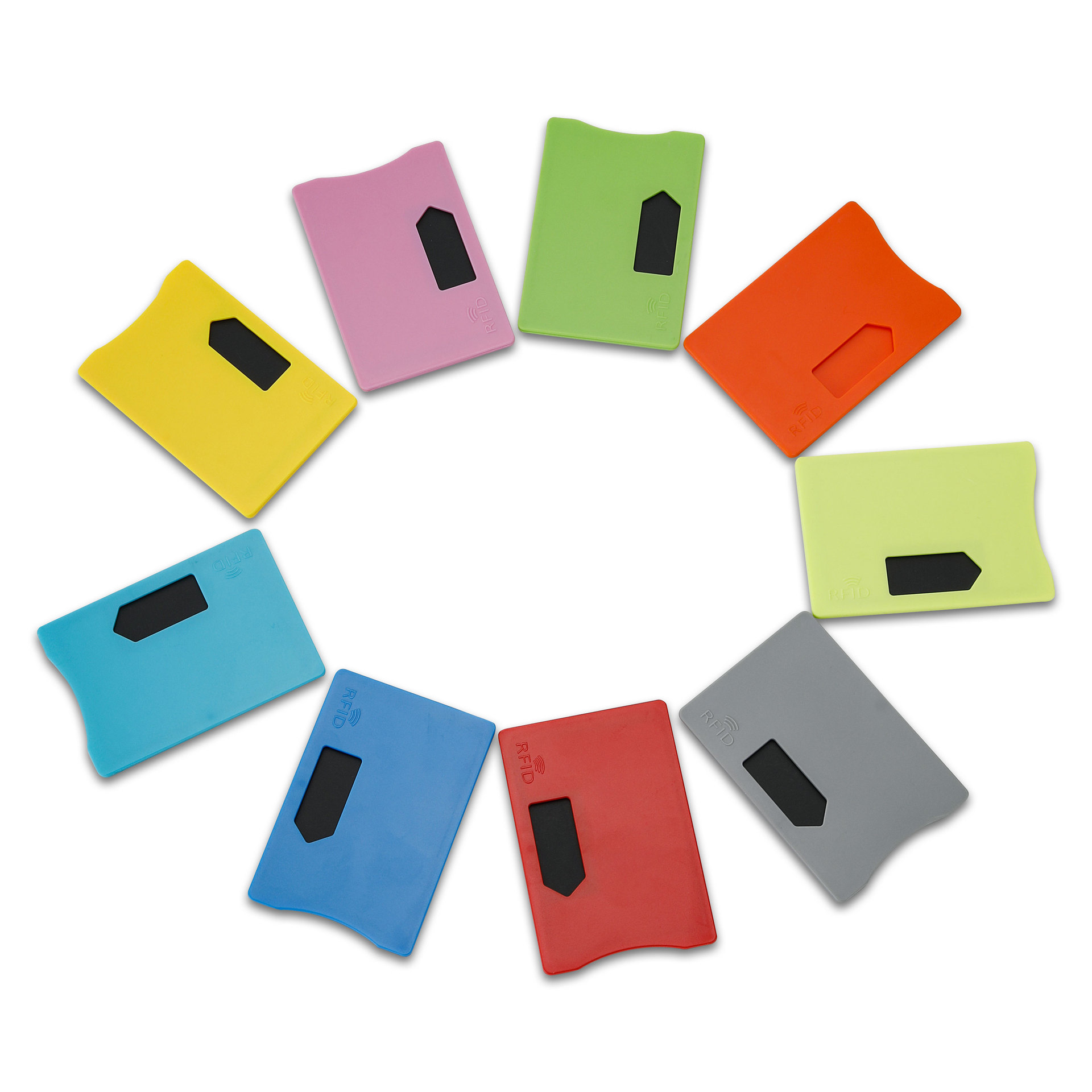
Mikä on RFID-korttisuoja? Hyödyt, käyttötapaukset ja osto-opas
RFID-teknologia (radiotaajuustunnistus) on kaikkialla: luottokorteissa, henkilökorteissa, kulkuluvissa, hotellihuoneiden avaimissa ja muualla. Se tarjoaa nopeutta ja mukavuutta, mutta avaa myös oven uudenlaiselle digitaaliselle varkaudelle, jota kutsutaan "skimmaukseksi". Tässä kohtaa RFID-korttisuoja tulee kuvaan.

RFID-rannekkeet tapahtumiin: Järjestäjien osto-opas irtotavarana
Tapahtumien RFID-rannekkeet ovat tulossa ratkaisuksi järjestäjille, jotka tarvitsevat nopeampaa sisäänpääsyä, petosten estämistä ja käteismaksuja konserteissa, festivaaleilla ja urheilupaikoilla. Toisin kuin paperilipuissa tai QR-koodeissa, näissä älykkäissä rannekkeissa käytetään upotettuja siruja, jotka virtaviivaistavat sisäänpääsyä, suojaavat maksutapahtumia ja parantavat vieraskokemusta.
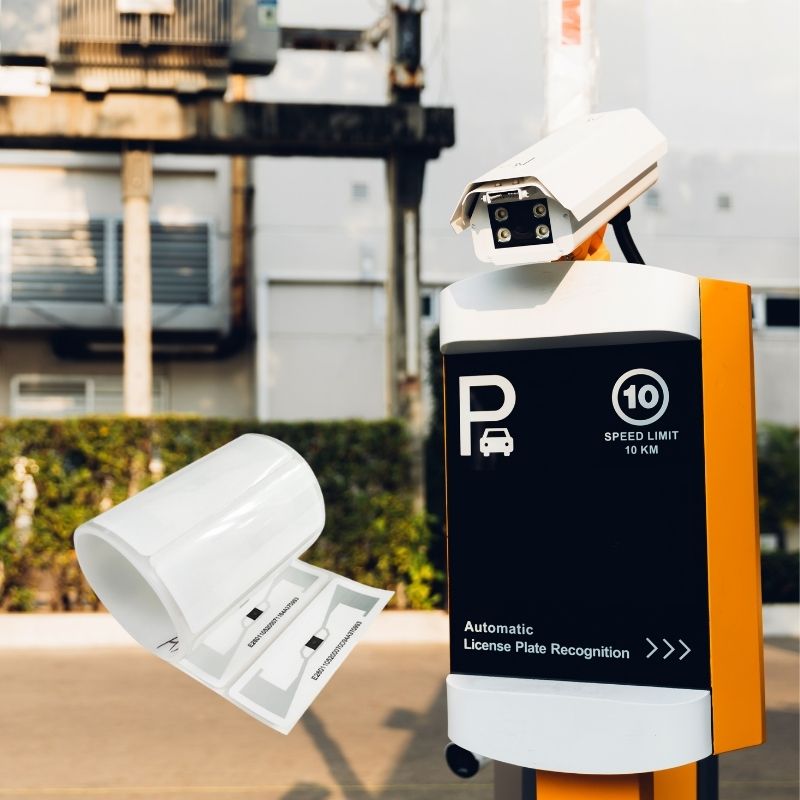
Miten RFID-tunniste tuulilasissa parantaa ajoneuvojen kulunvalvontaa ja tietullijärjestelmiä?
Nykypäivän nopeatempoisessa maailmassa ajoneuvojen tunnistamisen on oltava nopeaa, turvallista ja kontaktitonta. Tuulilasissa oleva RFID-tunniste tarjoaa juuri tämän - luotettavan tavan hallinnoida tiemaksujen perintää, pysäköintiä ja porttien käyttöä pysäyttämättä ajoneuvoja.
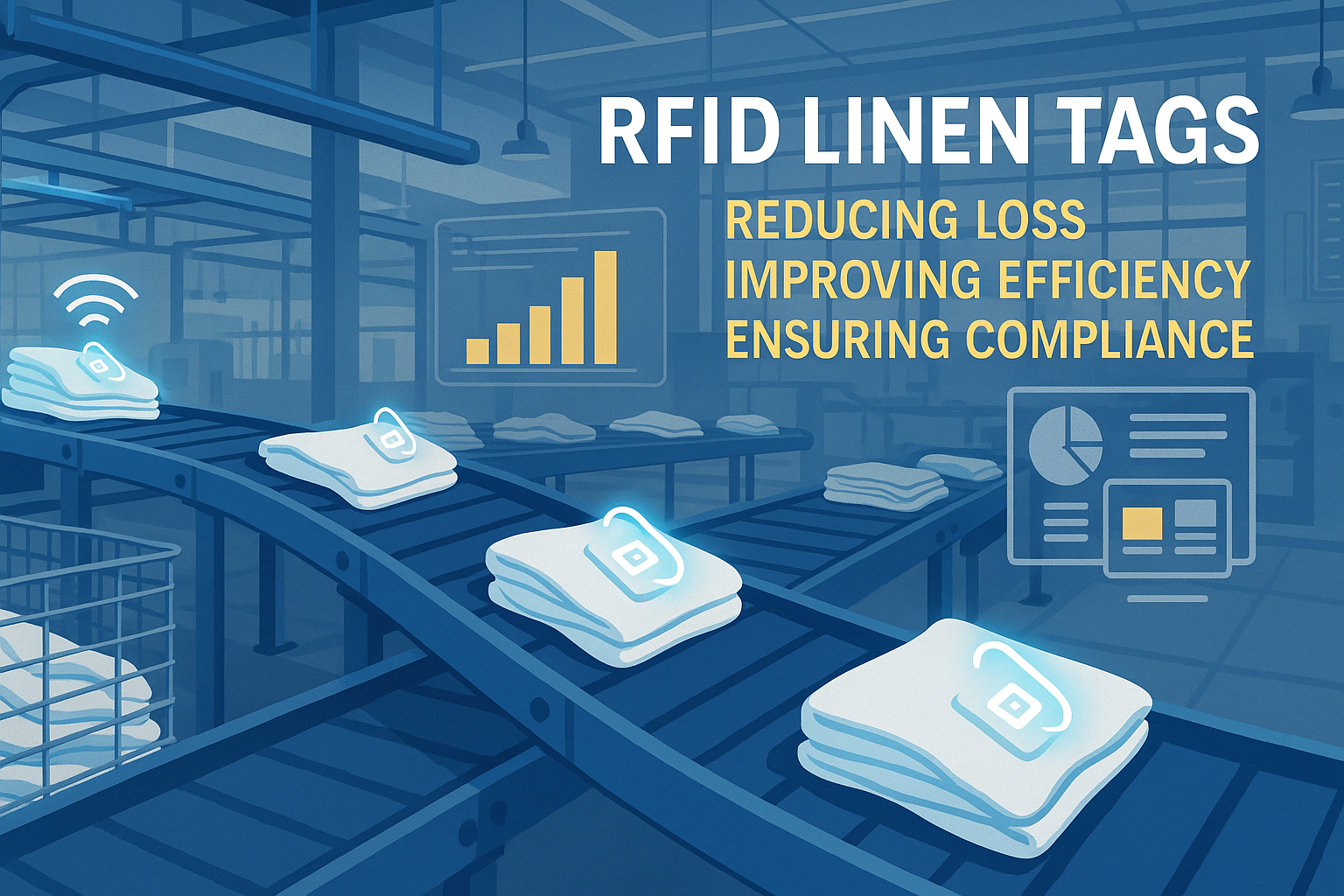
RFID-pellavapyykkimerkintöjen edut kaupallisissa pesuloissa
Sairaaloiden, hotellien tai suurten pesulapalveluiden pyykinpesun johtaminen on iso tehtävä. Joka päivä pestään, lajitellaan ja lähetetään takaisin tuhansia lakanoita, pyyhkeitä ja virkapukuja. Ongelmat, kuten kadonneet liinavaatteet, lajitteluvirheet ja manuaalinen laskenta, voivat kuitenkin maksaa yrityksille paljon rahaa. Esimerkiksi keskikokoiset hotellit voivat menettää vuosittain yli $200 000 euroa puuttuvien liinavaatteiden vuoksi.
Tässä kohtaa RFID-pyykkilaput tulevat kuvaan.
Tunnisteet
LIITTYVÄT BLOGIT

Mikä on RFID-jätteidenkäsittely?
Kuvittele kaupunki, jossa jokainen roskalaatikko puhuu – ei kirjaimellisesti – vaan pienen sirun avulla, joka ilmoittaa järjestelmälle, kun laatikko on täynnä, kun se on tyhjennetty ja minne se on viety. Tätä RFID-jätteenkäsittely tekee nykyään.

Mitä ovat ruuvitiivisteet ja niiden käyttökohteet? | Täydellinen opas
Maailmanlaajuisessa kaupassa ja logistiikassa ruuvitiivisteet ovat ratkaisevassa asemassa lastin turvallisuuden ja vaatimustenmukaisuuden varmistamisessa. Nämä pienet mutta tehokkaat laitteet on suunniteltu lukitsemaan kuljetuskontit, perävaunut ja rahdin ovet peukaloinnin estävällä mekanismilla.

Mikä on RFID-korttisuoja? Hyödyt, käyttötapaukset ja osto-opas
RFID-teknologia (radiotaajuustunnistus) on kaikkialla: luottokorteissa, henkilökorteissa, kulkuluvissa, hotellihuoneiden avaimissa ja muualla. Se tarjoaa nopeutta ja mukavuutta, mutta avaa myös oven uudenlaiselle digitaaliselle varkaudelle, jota kutsutaan "skimmaukseksi". Tässä kohtaa RFID-korttisuoja tulee kuvaan.

